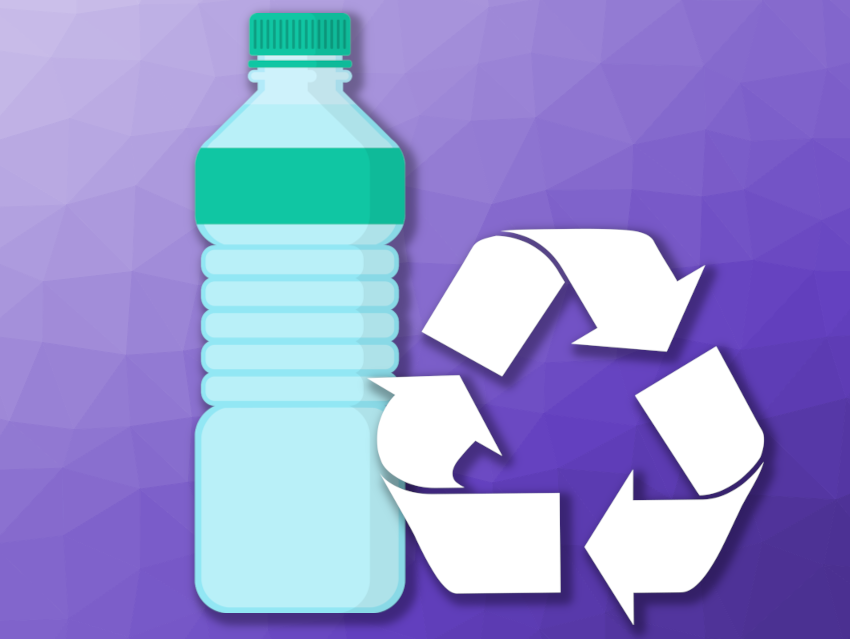In addition to reducing and reusing, recycling can help to keep plastic waste out of landfills or the environment. To incentivize the use of recycled materials, some countries are putting financial pressure on manufacturers and tax (or plan to tax) plastic products with little or no recycled content.
However, verifying the content of recycled material in plastics accurately can be challenging. One solution for this problem could be the tagging of polymers with the fluorescent molecule 4,4′-bis(2-benzoxazolyl) stilbene (BBS) and then tracking the tagged plastic feedstocks into the final products. The fluorescence intensity and color of BBS change when different levels of the compound are present due to aggregation-induced enhanced emission. It is inexpensive and approved for food contact applications.
Michael P. Shaver, University of Manchester, UK, and colleagues have investigated how BBS could be used to measure the content of recycled materials in single-use plastic products. The team mixed small amounts of BBS into melted high-density polyethylene (HDPE) and then mixed it with virgin HDPE resin, simulating 0–100 % recycled-content materials.
The higher the amount of BBS-tagged HDPE in the samples, the more fluorescence shifted toward a greener hue. The marked polymer had unique fluorescence properties, which the researchers suggest would be hard for someone with fraudulent intentions to replicate. The team developed a simple digital image analysis technique that converts the observed fluorescence into the percentage of recycled content.
The method could also be used to identify the recycled content in other polymer materials, including recycled milk bottles with additives, colored HDPE, polypropylene (PP), and poly(ethylene terephthalate) (PET). According to the researchers, this strategy could be applied to a variety of single-use plastic products without impacting their appearance or quality, and it could help to build trust in a circular plastics economy.
- Recycled Plastic Content Quantified through Aggregation-Induced Emission,
Zoé O. G. Schyns, Thomas M. Bennett, Michael P. Shaver,
ACS Sustainable Chem. Eng. 2022.
https://doi.org/10.1021/acssuschemeng.2c03389


